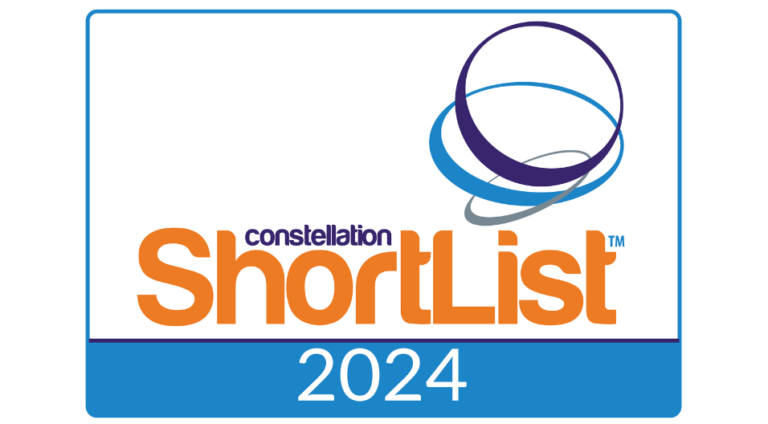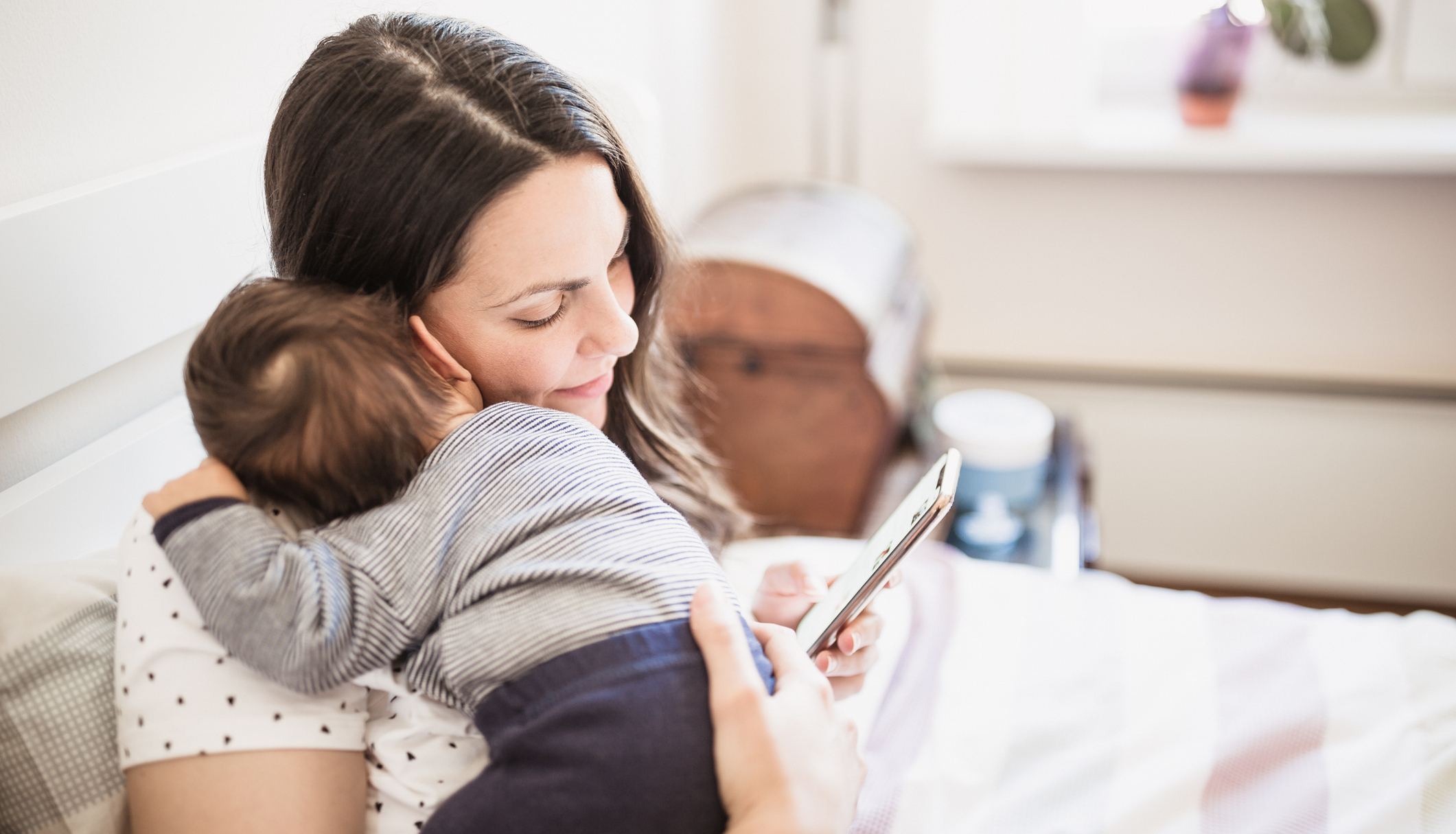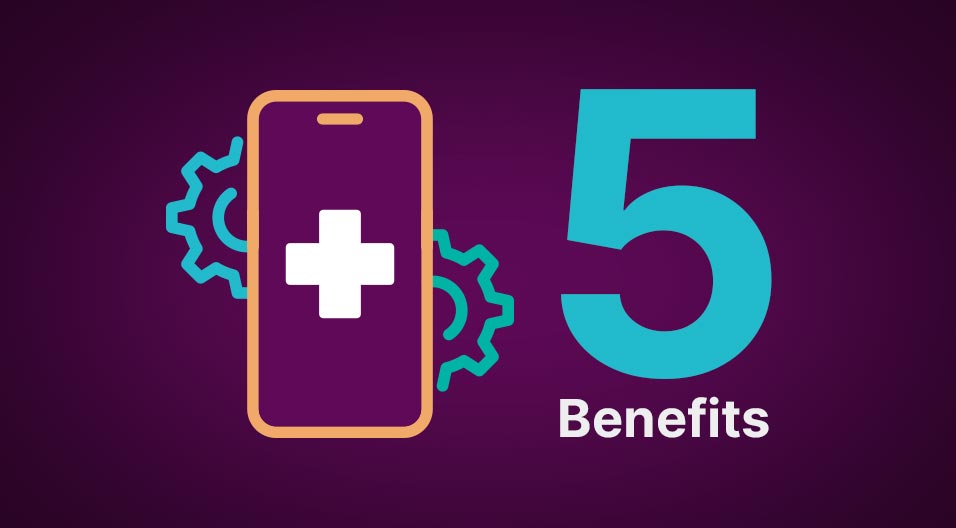The year 2020 has seen a sharp rise in telehealth services stemming, in part, from cancelled or deferred elective procedures, office visits, and outpatient tests due to COVID-19. Concern over going to an outpatient facility for fear of catching the virus has also contributed to the uptick in virtual visits. Much of the demand for telehealth has been sustained, even after some doctor’s offices reopened for in-person visits, and experts believe this is just the beginning of the trend.
Frost & Sullivan predicts that the U.S. virtual care market (including telehealth and remote patient monitoring) will exhibit a Compound Annual Growth Rate (CAGR) of 38.2% between 2019 – 2025, with telehealth achieving a 64.3% growth rate for 2020. This is nearly double that of predictions prior to the onset of the COVID-19 virus.
In their report, Frost & Sullivan cites:
The critical need for social distancing among physicians and patients will drive unprecedented demand for telehealth, which involves the use of communications systems and networks to enable either a synchronous or asynchronous session between the patient and provider…The telehealth market had been expected to grow at a good pace prior to the pandemic, but the current crisis will provide a significant opportunity to make this technology available to a far greater number of users.
This “unprecedented demand” brings an increased responsibility on the part of providers to recognize telehealth as the next wave of healthcare consumerism and ensure access to these resources across their entire populations.
“What type of appointment would you like?”
The term “healthcare consumerism” has been applied to everything from asking your doctor questions to shopping for insurance online to comparing prices for MRIs in your area. Now, healthcare consumers will have another option: in-person visits or virtual visits. While some appointments require in-person examination (such as screenings and biopsies), a surprising number of practices from dermatology to mental health have found that they can conduct visits virtually without ever actually having to see the patient. And with automated technology, providers can ask a patient if they prefer a telehealth visit or an in-person visit, giving healthcare consumers even greater choice.
Even CMS is recognizing increased consumer demand for telehealth. The list of telehealth services reimbursed by Medicare at the same rates as in-person visits is only growing – with 11 new services added as of October, 2020 – bringing the total number of covered services able to be performed virtually to 144. These new services include certain neurostimulator analysis and programming services as well as cardiac and pulmonary rehabilitation services.
One nation…with access to telehealth for all?
Despite the explosion of telehealth adoption this year, studies have pointed to racial and other disparities, mostly stemming from a lack of internet access.
A study from the State Health Access Data Center found disparities in internet access among the following demographics:
- Households with incomes under $25,000 were 45% less likely to have broadband access compared to households with incomes over $25,000
- Households in rural areas were 11% less likely to have access to broadband access compared to metropolitan areas
- Households including someone enrolled in Medicaid were approximately 9% less likely to have broadband internet access than households without a Medicaid enrollee
- Households including someone with a disability were approximately 14% less likely to have broadband access than households that did not include anyone with a disability
In another study, Black and Hispanic patients with diabetes and hypertension were found to have 51 percent and 42 percent lower odds, respectively, of internet use compared to White patients with chronic illnesses. Left untreated, chronic conditions could escalate to another public health crisis brewing alongside COVID-19 which will disproportionately affect minorities.
One way to address these disparities is through utilization of mobile devices to communicate with patients and schedule telehealth visits. According to data from Pew Research Center, reliance on smartphones for online access is especially common among non-Whites and lower-income Americans. Recognizing this dependency on smartphones could help to level the inequities seen in the system for all forms of healthcare engagement, not just telehealth. Healthcare organizations need to think “mobile first” when communicating with underserved populations, including SMS outreach to notify them of preventive screenings and how they can schedule an appointment.
A shared responsibility to improve access to care
Earlier this year, I posted a message on our website in response to the Black Lives Matter movement. In it, I pledged that, as a company, we would start conversations with our customers and seek out potential partnerships in our community that drive real change in delivering solutions that enable more education and access to healthcare in our country.
This is not a movement or moment for CipherHealth. This is an opportunity for us to do business differently, to challenge ourselves to do more. I urge all hospitals and health systems to think this way in terms of creating more access to care – both virtual and in person – for all of their populations.
Providers have the opportunity to think strategically about the experience they provide to their communities both inside and outside of the hospital or physician offices. As we look beyond 2020, connected, digital experiences will no longer be a nice to have for patients, but instead, be considered the expectation. As healthcare leaders, we have the responsibility to offer and maximize telehealth options among entire patient populations in order to truly realize its full potential beyond the scope of the COVID-19 pandemic.
Maximizing your telehealth opportunity
CipherHealth has been helping our customers maximize their opportunity for reaching their full populations to explain the telehealth options they are offering and how to access them during the COVID-19 pandemic. Our automation helps patients schedule their appointments through telehealth providers with one easy call or text, so they don’t have to go searching through portals and try to remember their password.
Our digital engagement solution sends an automated reminder to let patients know when their appointment is scheduled, how to access it and any information they may need in advance. Post appointment, CipherHealth can help you monitor patients’ conditions after their virtual visits, with automated follow-ups to check in on them, and when needed, schedule a follow-up appointment via telehealth or in-person visit.
Learn more at info.cipherhealth.com/telehealth.








